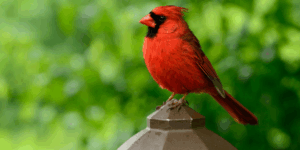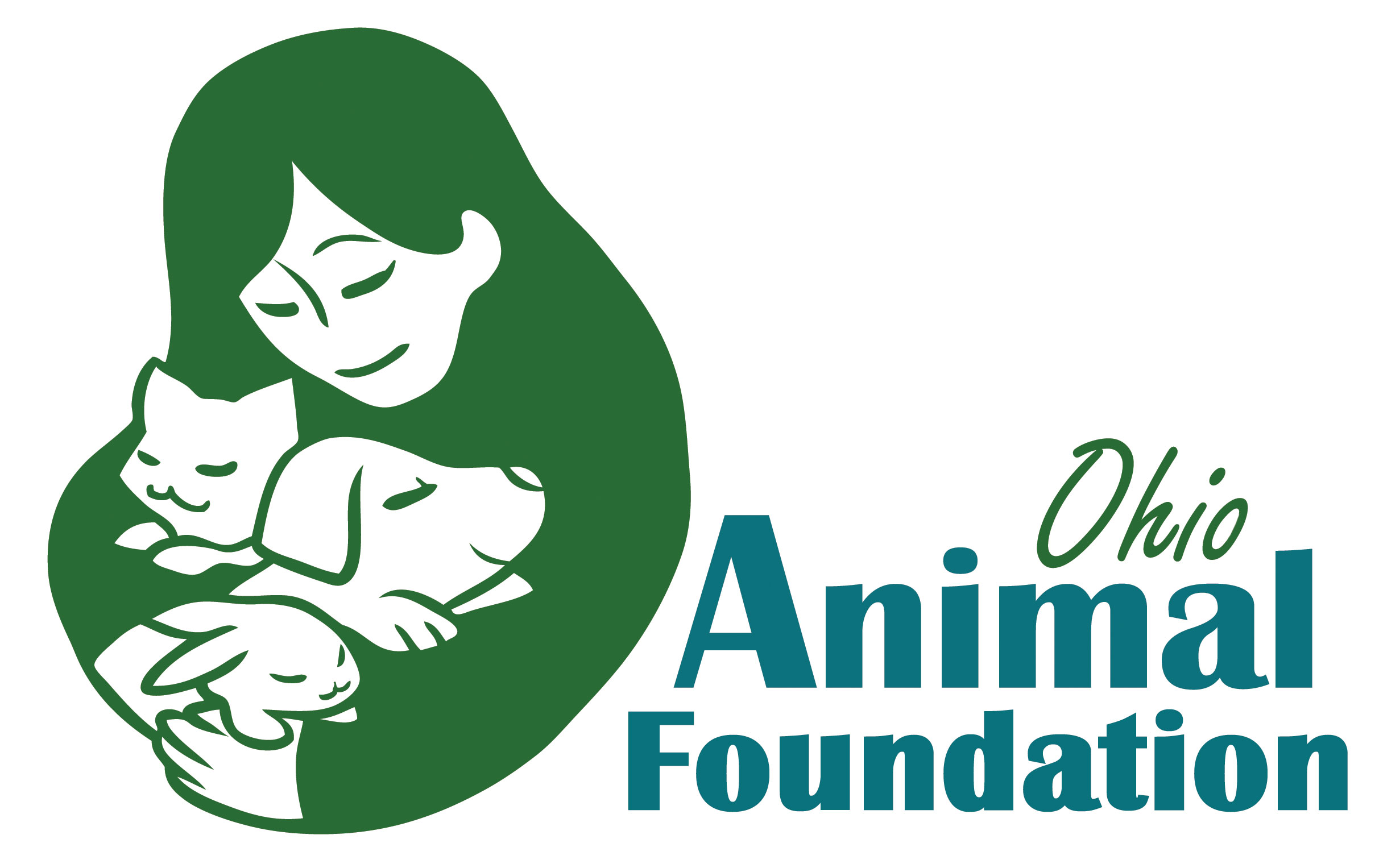 Think about how you commute to work or how you walk to your favorite local park. On your journey, your brain uses your five main senses to gather sensory information so you can make it safely to your destination. For example, if it’s looking like a foggy morning, you’ll probably drive a little slower or wear reflective clothing if you’re traveling on foot. Animals also use sensory information to gather an insight into the world, and for groups of animals that travel long distances, like migratory birds, any change to the information they’re gathering can be detrimental to their far-reaching seasonal commute.
Think about how you commute to work or how you walk to your favorite local park. On your journey, your brain uses your five main senses to gather sensory information so you can make it safely to your destination. For example, if it’s looking like a foggy morning, you’ll probably drive a little slower or wear reflective clothing if you’re traveling on foot. Animals also use sensory information to gather an insight into the world, and for groups of animals that travel long distances, like migratory birds, any change to the information they’re gathering can be detrimental to their far-reaching seasonal commute.
Buildings impact migratory birds
According to the Ohio Lights Out website, collisions with buildings are a leading cause of bird fatality during migration in North America. The Lights Out program was formed in an effort to reduce the estimated half a billion bird fatalities from building collisions each year in North America. Cities across the U.S., including Chicago, New York, Indianapolis and Minneapolis, have seen promising participation in these programs and are excited to see more advocacy in the future.
In addition to building collisions in general, windows are also a tricky subject when it comes to how animals find their way. When a flock’s flight path passes through one or more major cities, the confusion and danger can add up. If you want to read more about why birds fly into windows, you can read more on birdful.org.
Lights Out efforts in Ohio
Since Lights Out began in Ohio, the program has seen significant progress. Ohio Lights Out coordinator, Devin Mingesbruney, explains: “Buildings enrolling to reduce light pollution, volunteers dedicating countless hours to monitoring collisions and major mitigation projects making windows safer by making them more visible and less reflective for birds… these efforts from partners across the state, working together, have led to real improvements for migratory birds.”
Devin also mentioned that there’s more than one way the community can get involved in these efforts. “There isn’t a single approach that works for everyone. Success comes from conversations—understanding each building owner’s needs and finding solutions together. That might mean turning off lights to save on energy costs, using bird-friendly lighting when some lights are necessary or installing collision deterrents on windows to reduce bird fatalities.”
Looking ahead, Devin emphasized the program’s statewide ambitions: “Every urban area, property and residence in Ohio can play a role in Lights Out. Our goal is to expand participation statewide and make cities across Ohio safer for migratory birds, and we’re hopeful that more and more property owners will take steps to address their buildings and help protect migratory birds”.
 Ohio Lights Out impact on bird conservation efforts
Ohio Lights Out impact on bird conservation efforts
The Ohio Lights Out monitoring program has had important implications for the conservation of Ohio’s migratory birds. Their finding that brighter buildings lead to more injured birds and bird fatalities supports the need for a Lights Out program in Columbus to guide building owners, managers and residents in reducing nighttime lighting. In addition to reducing energy usage and associated costs, Ohio Lights Out data shows that efforts to reduce nighttime lighting on buildings could reduce the number of migratory birds killed by building collisions in Columbus. Devin also shares that the data collected on the location of collisions also serves as a guide for targeting the enrollment of buildings where a high number of collisions have been found.
Frequent collisions happen with homes, too
Interestingly, large office buildings are not the only offenders, as ~44% of all bird-to-building collisions occur at residences, according to the Smithsonian Conservation Biology Institute.
Thankfully, there are several easy and effective ways to prevent collision in your area, including ABC BirdTape, Feather Friendly DIY tape or parachute cord to temporarily cover your windows with a decorative pattern. If you are interested in making your home more bird-friendly, sign up here to receive information to help conserve the wildlife that lives all around you.
You can help save birds
As a community, small changes add up, and the more we know about how our homes and offices affect the animals around us, the more we can make a difference and help birds successfully complete their migratory routes.
Feel free to learn more about volunteer opportunities and more on the Ohio Lights Out website at https://ohiolightsout.org/.
- Akron: If you are interested in volunteering, please contact Christina Mlinaric at mlinaric@akronzoo.org.
- Cincinnati: If you are interested in volunteering, please contact Emily Imhoff at lightsoutcincy@gmail.com.
- Cleveland: If you are interested in volunteering in our monitoring and collection program, please sign up as a volunteer through Cleveland Metroparks. More information on volunteering is available on the Ohio Lights Out website.
- Columbus: Students in The Ohio State University’s Ornithology Club began monitoring campus in 2018. Additionally, the Ohio Wildlife Center and Grange Insurance Audubon Center coordinate a downtown Columbus collision monitoring program. If you are interested in volunteering, please fill out our volunteer interest form.For questions, contact Devin Mingesbruney, the Ohio Lights Out Coordinator at 1@osu.edu.
~ Zachary Hagen
